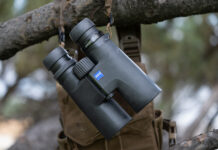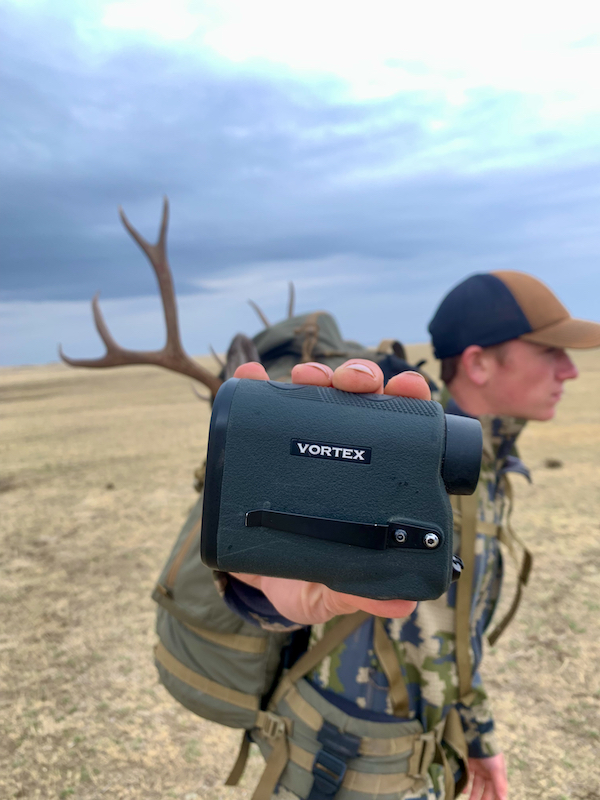
Vortex Rangefinder Review
This review will cover three Vortex rangefinders: the Viper HD 3000, the Diamondback HD 2000, and the Crossfire HD 1400. Vortex sent all three rangefinders for this comparison review. As with most industries, the world of optics requires a company to innovate. It’s a race to provide a product that is better, faster, lighter, tougher, more affordable, and ultra-clear glass. If you fail, you die, and another company will take your place. If a certain product doesn’t produce revenue, it gets replaced with a new model. That means every model, every product with a SKU is in a fight for its life.
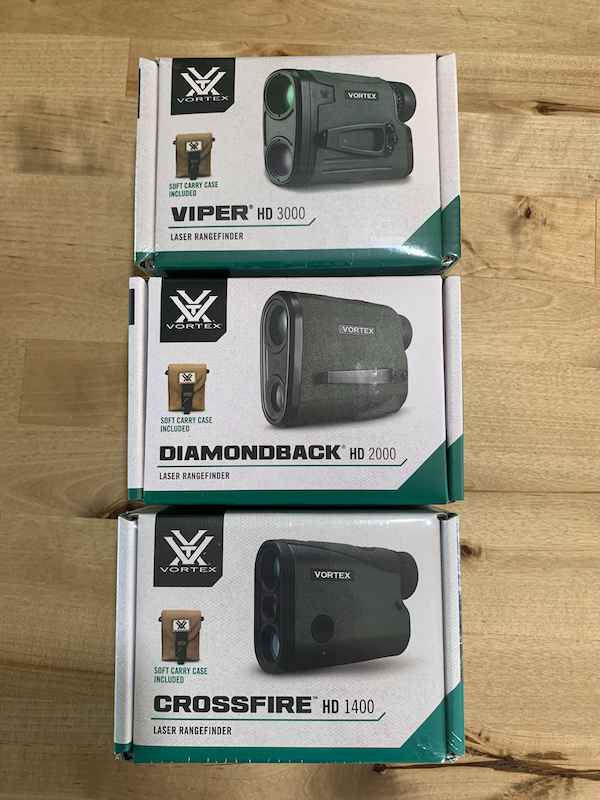
These might look like family photos, but these three rangefinders are in a fight for survival. Which rangefinder will still be in the Vortex lineup for years to come?
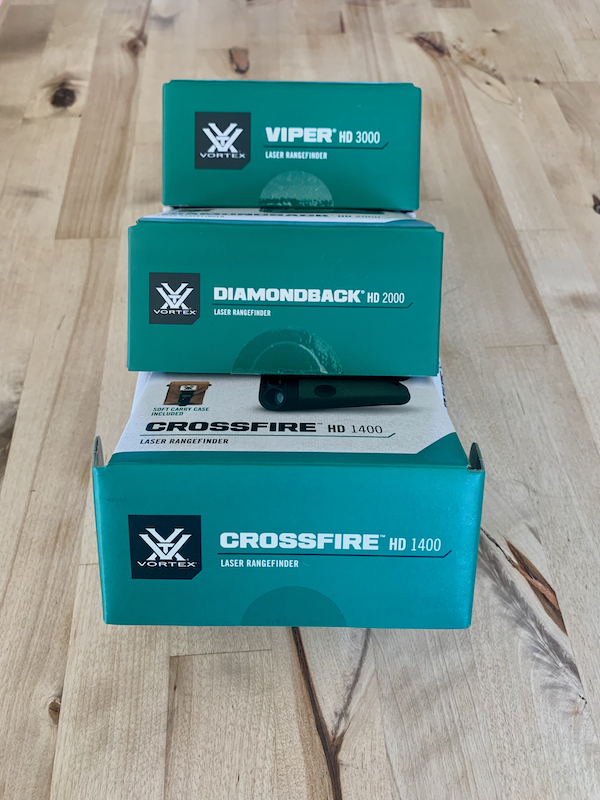
Changes
Over the last decade, I have killed a pile of animals and shot thousands of targets using the Vortex Ranger 1000. It’s great. No complaints. The Ranger 1000 will be used by my family for decades to come. However, the Ranger 1000 would flounder and die if it went up against any of these new rangefinders. I’m not going to regurgitate the stats. Click the links we’ve provided, and you can read specifics on your own. What I want to share are the real-world practical differences.
Speed
These three rangefinders are freaking fast. All three models are speedy-quick. If you compare your old rangefinder with one of the newer models, the difference is staggering. The newer models could range a target multiple times while you’re waiting for the older model to get its first readout.
Precision
The new generation of rangefinders is discriminately and specifically accurate. I’m not talking about consistently giving you a reliable range (of course they do that). What I’m trying to say is that they are extremely specific, and you must learn how to use a precise instrument.
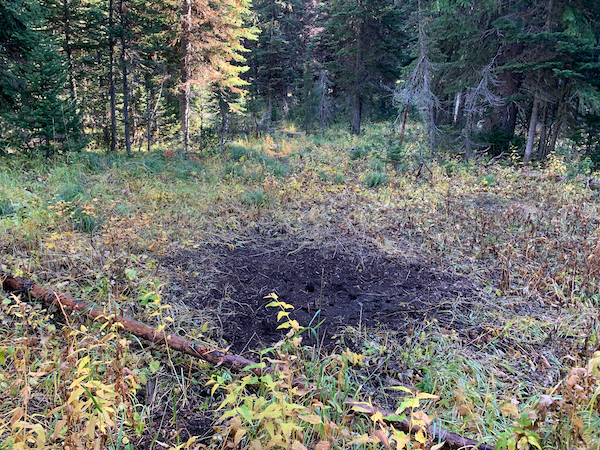
Example: It was midday during archery elk season. I was playing “Guess the Range” game. You look at a tree, guess the yardage, and then test your guess with the rangefinder. I guessed a tree was 55 yds. The rangefinder said 23 yds. Recheck. Recheck again. To my surprise, there was a small twig at 23 yds that my eyes hadn’t seen. “In the old days” … it wouldn’t have mattered, but we’re not in the Old Days. These rangefinders have surgical precision!
Practice
This is a reminder to practice and learn your rangefinder. I used “The Fence Test”. Range a wooden fence in scan mode. Slowly raise the reticle above the fence, then slowly lower the reticle back onto the fence and note when the yardage changes. You now know your aiming point. The Diamondback HD 2000 has a circle reticle. I found that on my rangefinder, the bottom of the circle is where my laser aims. If you’re ranging a hillside to get a rough estimate, it doesn’t matter. If you’re sneaking the rangefinder over an obstacle in scan mode to get a quick yardage, then it most certainly matters!
The Viper® HD 3000
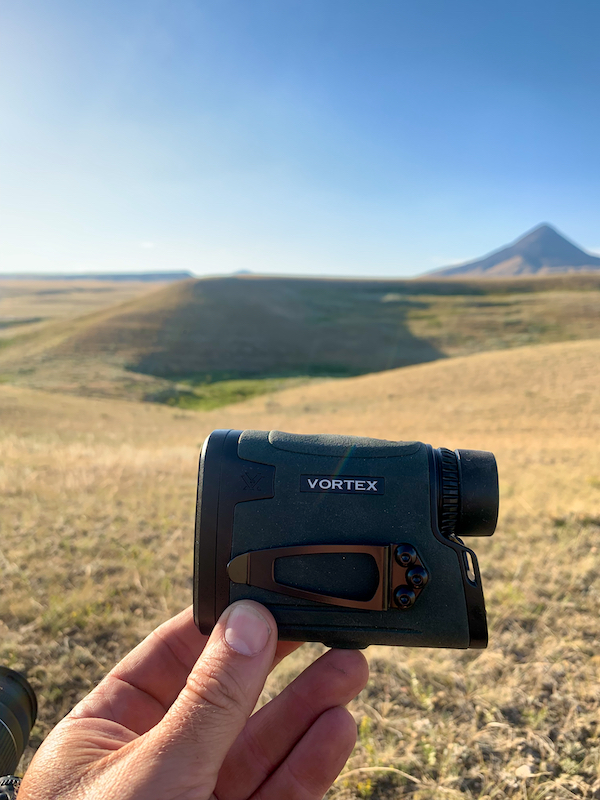
Initially, the Viper was my favorite and I bet that as the years roll on, the Viper 3000 will outsurvive the others. It has an extra durable frame and a long, long, looong reach. I love the sturdy feel and the confidence that comes from being able to range for 1000’s of yards. More info here.
I found antelope success with the Viper HD 3000.

Unfortunately, I ended up with a dysfunctional rangefinder. While on my antelope stalk, I struggled to get precise ranges. It later failed “The Fence Test”. Possibly, the aiming point wasn’t a fixed position on the reticle. The other possibility is that the yardage was too slow to adjust in scan mode, giving the impression that the reticle aiming point was changing. Then, the battery died. I’m not familiar with the CR123A battery, but I need a battery to last a full season. I called Vortex. Their customer service is phenomenal, and they offered to ship a new one. Since I was in the middle of this review, I had two other rangefinders to use and declined.
For a more thorough write-up on the Viper, check out Jared Bloomgren’s review.
The Diamondback® HD 2000
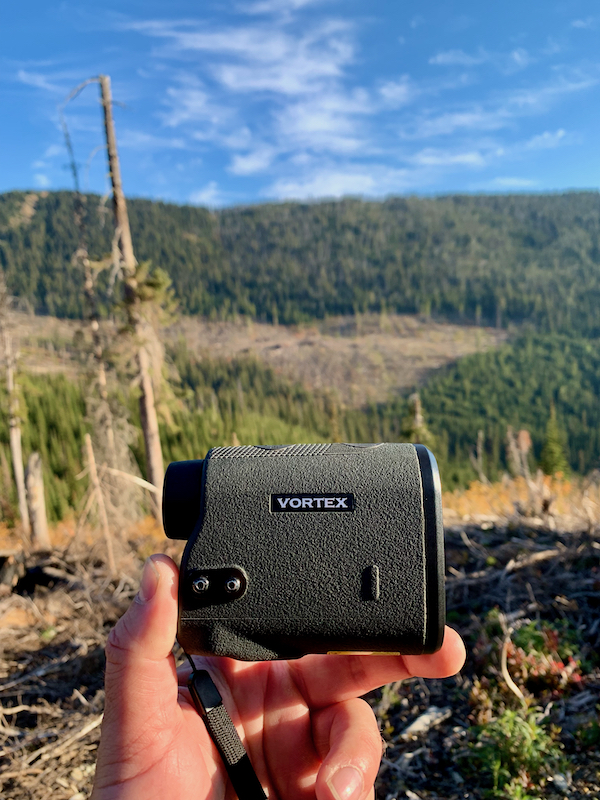
The Diamondback sits in the middle of the pack offering a well-rounded, multipurpose rangefinder. Most of my hunting season was spent with the Diamondback. That’s probably why it finished as my favorite. I can get readings from as close as 5.5 yds to readings well beyond my effective rifle range. It also feels solid in the hand. The Diamondback survived my abuse throughout the season, which means it truly is tough. More info here.
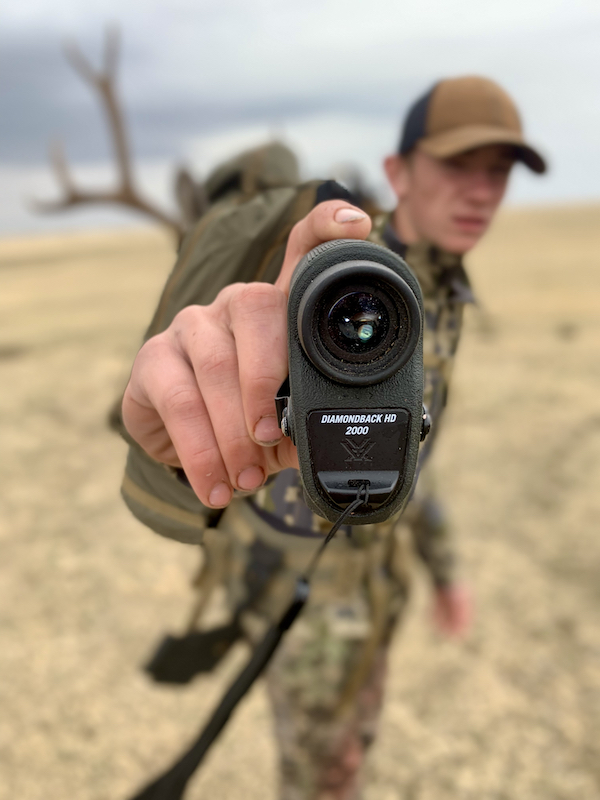
My son killed his rifle mule deer with the Diamondback.
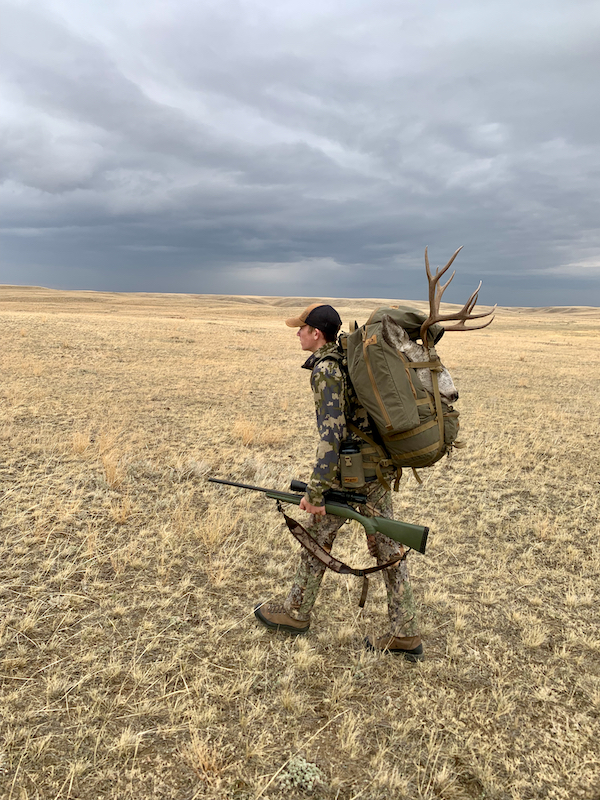
The Crossfire® HD 1400
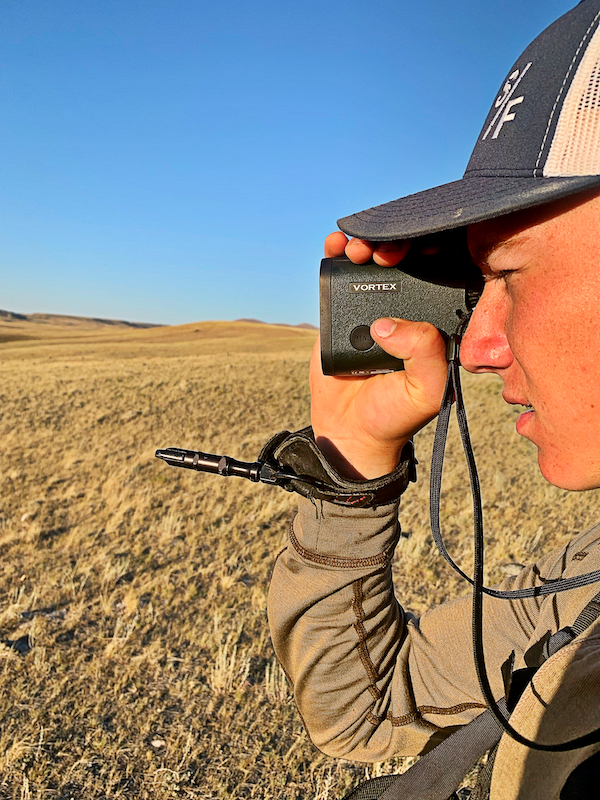
It doesn’t have the same reach, but it’s ultralight and just as quick. The Crossfire finished as my son’s favorite rangefinder. Using the Crossfire is not a compromise! It is different than its sibling rangefinders, but it would be a mistake to consider it a lesser rangefinder. Instead of a 7x magnification like the Viper and Diamondback, the Crossfire has a 5x magnification. It also has a smaller max range, but in all honesty, how many people are actually going to shoot an animal beyond 750-950 yds? For most of us, the Crossfire is plenty sufficient. Additionally, as a matter of preference, my son and I both liked the traditional T-style, cross reticle. More info here.
The Verdict?
If you’re competing in ELR shooting competitions, you’ll want to use the Viper.
If you’re packing in Steep & Deep, you’re going to want the Crossfire.
Plus… look at the price of the Crossfire. Unbelievable!
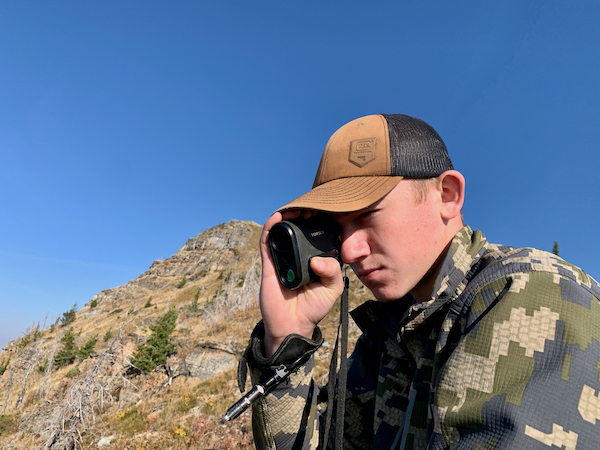
For more information, meet Mee over on the Forum page, and let’s chat.
Check out our long list of optics reviews here.















